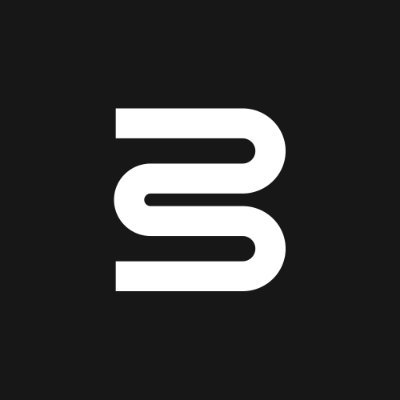A DNS attack rerouted Aerodrome's frontend to a drainer.
↓ Blockaid detected the compromise in real time and prevented ~$3.5M in theft.
On November 21, Aerodrome and Velodrome experienced a DNS attack that modified the SOA, NS, and A records for “aerodrome . finance” and “velodrome . finance”.
The changes redirected both domains to a cloned frontend serving Eleven Drainer code.

Blockaid was the first to detect the compromise, report it to Aerodrome, and inform its Customer Data Network, based on the UTC timeline below:
→ 20:11 DNS records changed, redirecting both domains to a spoofed UI
→ 21:31 Blockaid detects malicious transactions across its customer network
→ 21:32 Blockaid classified the domain as malicious across its customer network
→ 22:07 First Aerodrome user report arrives, pointing to malicious code on the domain
→ 22:40 Nameservers are replaced as remediation begins
A great example of Blockaid’s Customer Data Network effect:
Once the domain was classified as malicious, partnered wallets, including @MetaMask, @coinbase, @Ledger, @Trezor, @rainbowdotme, and @FireblocksHQ, immediately surfaced warnings to users engaging with @AerodromeFi.

During the incident, Blockaid surfaced early warnings to 408 end users connecting their wallet to Aerodrome’s frontend and another 491 end users actively signing transactions, preventing roughly $3.5M in funds from being drained.
Blockaid traced the attacker’s onchain behavior, identifying nine addresses tied to $700K in stolen funds. These losses came from wallet end users outside of our network, who we could not inform.

Incidents like this show how much risk lives outside the protocol. Frontend and DNS layers need the same level of detection and protection.
1.197
10
Der Inhalt dieser Seite wird von Drittparteien bereitgestellt. Sofern nicht anders angegeben, ist OKX nicht der Autor der zitierten Artikel und erhebt keinen Anspruch auf das Urheberrecht an den Materialien. Die Inhalte dienen ausschließlich zu Informationszwecken und spiegeln nicht die Ansichten von OKX wider. Sie stellen keine Form der Empfehlung dar und sind weder als Anlageberatung noch als Aufforderung zum Kauf oder Verkauf digitaler Assets zu verstehen. Soweit generative KI zur Bereitstellung von Zusammenfassungen oder anderen Informationen eingesetzt wird, kann der dadurch erzeugte Inhalt ungenau oder widersprüchlich sein. Mehr Infos findest du im verlinkten Artikel. OKX haftet nicht für Inhalte, die auf Drittpartei-Websites gehostet werden. Digitale Assets, einschließlich Stablecoins und NFT, bergen ein hohes Risiko und können stark schwanken. Du solltest sorgfältig überlegen, ob der Handel mit oder das Halten von digitalen Assets angesichts deiner finanziellen Situation für dich geeignet ist.


